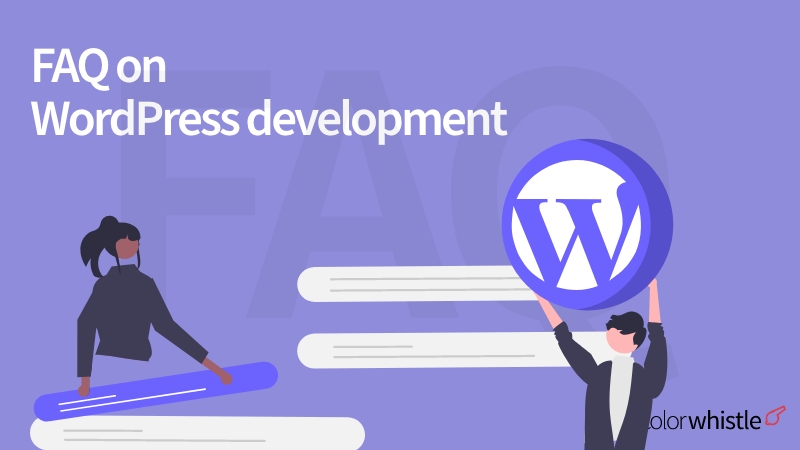Creating a contribution guide is a great way to encourage guest bloggers or contributors to submit their content to your website. Here’s a step-by-step guide on how to create one:
- Title and Introduction:
- Start with a clear and inviting title, such as “Contribute to Our Blog.”
- Write a brief introduction explaining the purpose and benefits of contributing to your blog. Mention how it can help contributors reach a wider audience or establish their expertise in a particular field.
- Submission Guidelines:
- Outline the types of content you’re looking for. Specify if you have any preferred topics or themes.
- Specify the content format (e.g., articles, tutorials, opinion pieces).
- Mention any word count requirements or limits.
- Provide guidelines for writing style, tone, and formatting.
- Content Quality:
- Explain your expectations regarding the quality of submissions. Emphasize the importance of original, well-researched, and error-free content.
- Mention whether you have any specific SEO requirements or guidelines for optimizing content.
- Images and Media:
- If you accept images, videos, or other media with articles, specify the preferred formats and sizes.
- Mention any copyright or attribution requirements for media.
- Author Bio and Links:
- Describe your policy regarding author bios. Do you allow contributors to include a brief bio and links to their websites or social media profiles?
- Provide guidance on how to format and include author bios within the content.
- Submission Process:
- Explain the steps contributors need to follow to submit their content. This might involve sending content via email, using a submission form on your website, or using a content management system (e.g., WordPress).
- Provide contact information for inquiries or submissions.
- Review and Approval:
- Clarify the review process. How long does it typically take to review and approve submissions?
- Explain that you may edit submissions for clarity, style, and SEO optimization.
- Rights and Ownership:
- Clearly state your website’s policy regarding the ownership of content after submission. For example, some websites retain publishing rights, while others allow contributors to retain full ownership.
- Promotion and Sharing:
- Explain how you promote and share contributed content on your website and social media platforms.
- Encourage contributors to share their published articles on their own networks.
- Feedback and Communication:
- Provide a point of contact for contributors to ask questions or seek clarification.
- Encourage open communication and feedback.
- Conclusion:
- Express your gratitude for contributions and reinforce the benefits of being part of your blogging community.
- Legal and Privacy Information:
- Include any legal disclaimers or privacy policies relevant to contributors and their content.
- Updates:
- Mention that the contribution guidelines may be updated periodically, and contributors should check for the latest version before submitting.
Once you’ve written your contribution guide, make sure to prominently display it on your website, perhaps in a dedicated “Contribute” or “Write for Us” section. This will help potential contributors find the information they need to submit their content.
























